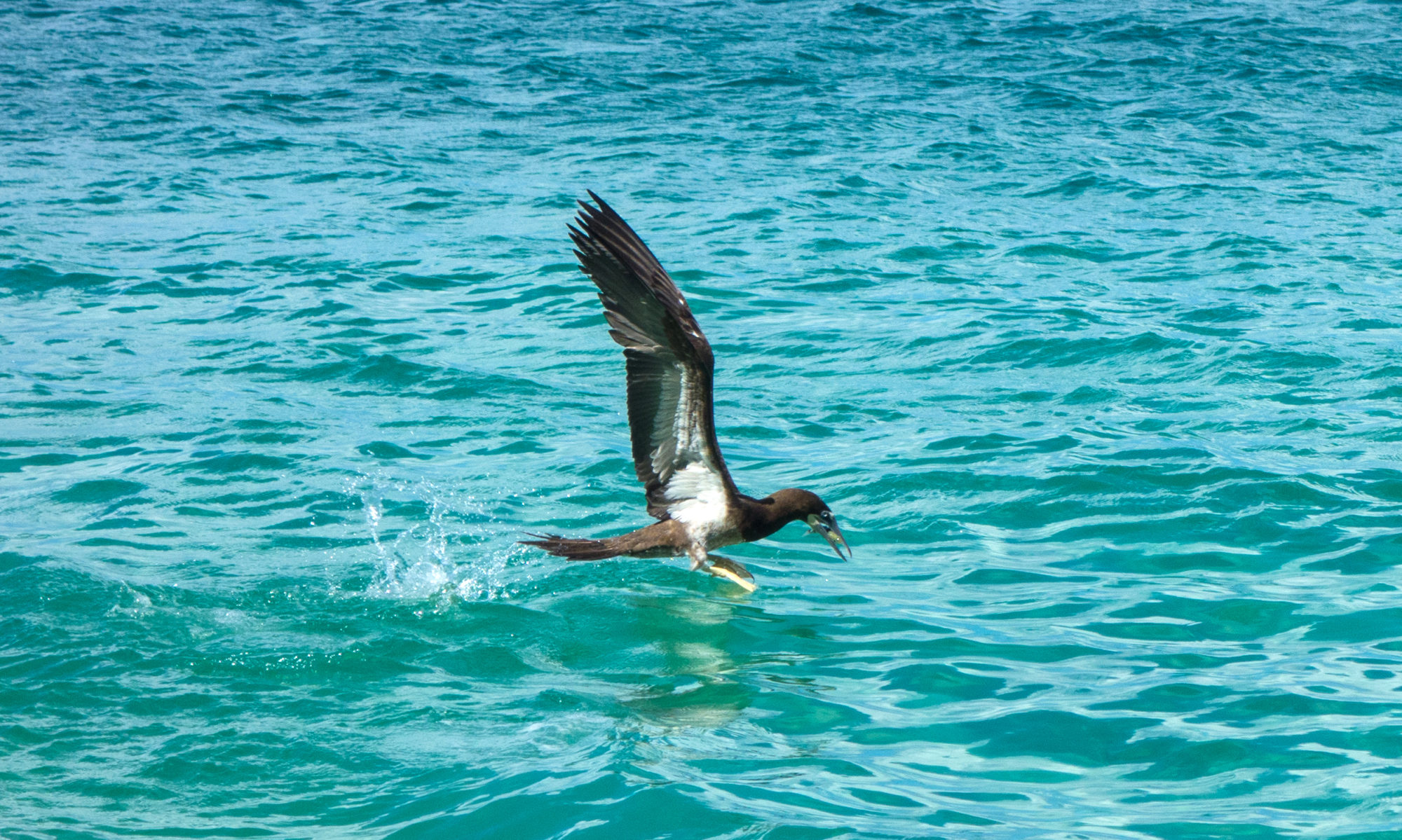Having grown up in Ontario I knew little about fish other than the fresh-water trout, perch and bass I caught when fishing with my father in Muskoka. My mother would pan-fry the fish but I was never a fan – I liked catching the fish a lot more than I liked eating them! It wasn’t until I moved to the Caribbean in the 70s and tasted saltwater fish for the first time that I fell in love – first with a man, then with fish!

The very first fish I ate on Bequia was cooked by Mac shortly after my arrival, and I was hooked from my first bite of the delicious barracuda. It seemed incredibly exotic to be living on a small tropical island dining on a salt-water fish I had never heard of except in books, a fish that had been caught that very afternoon by Mac’s father. I had caught and cleaned fresh-water fish as a child but had never cooked one (or anything else for that matter!), and asked Mac if he could teach me how.

“Sure – just bring de fish and I’ll show you”.
A few days later I spotted a boat being pulled up on the beach outside the sail-loft, and stopped to see if I could buy a fish. There were several different fish in the vessel, and, in my ignorance, I decided to buy the biggest; I knew nothing about fish in the west indies, but figured the largest would be the easiest to fillet, and in that respect I was correct. What I DIDN”T know was that I had just purchased the one fish in the boat no-one else would want – a horse-eye cavalli.
Knowing that Mac was working with his father in the sail-loft, I lugged my impressive fish up the stairs. I felt fortunate to have snagged such a prize, and wanted to see if Mac would teach me how to cook it. Mac took one look at the fish and made a face;

“gurl, dat’s a horse-eye cavalli, they’re full o’ worms! Daddy, you want to use dis for bait?”
Bluesy, making a face similar to Mac’s, said;
“Nah! Dat fish ain’t good for nutting’, nutting’ at all!”
I felt like a fool standing there with my “good-for-nutting” fish. Evidently it wasn’t going to be cooked, eaten, or even used as bait to catch other fish! I had wasted money because I hadn’t known anything about fish in the Caribbean, and vowed then and there to learn which were good to eat and which were “good for nutting’”. Over the years I’ve learned a lot about salt-water fish, and never made the mistake of buying a horse-eye cavalli again!

The horse-eye cavalli is a jack fish and, while many cavalli are good to eat, the larger, big-eyed ones are usually quite tough. It’s edible, but the flesh is coarse (and, according to Mac, full of worms!) and poor-tasting. It’s also been known to carry ciguatoxins, although I’ve never heard of ciguatera poisoning caused by a horse-eye in this region. Perhaps that’s because Bequia people know better than to clean, cook and eat a horse-eye cavalli..

I figure if an avid fisherman like Bluesy wasn’t willing to use the flesh of a horse-eye cavalli as bait it wasn’t a fish I was going to consume; to the best of my knowledge I never have, and hopefully never will…..



I know that Bluesy got his name from the colour of his eyes. What was his actual given name?
Lincoln
I have visited Bequia several times and I love your stories. However, I had a friend eat barracuda and get ciguatera poisoning. I’ll spare you the details, but they are at the top of the food chain and I won’t eat barracuda….
It’s an outstanding fish when it comes to taste and texture but I won’t eat Barracuda if it’s larger than 10 lbs. Our reefs don’t (yet!) have the toxin associated with ciguatera poisoning and the smaller fish are safe to eat. Larger fish have had a chance to travel from places where the reefs are toxic. I am VERY careful, ciguatera poisoning is no joke!
Never knew that one. We are still in Barbados, and LOVE the fish.
Your writing style is top-notch.
Thank-you!